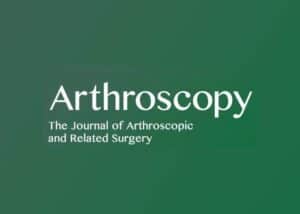
Authors:
B Gage Griswold, Daniel W Paré, Zachary P Herzwurm, Cameron S Murphy, Brice G Morpeth, Matthew T Provencher, Stephen A Parada
Abstract:
Purpose: To compare morphologic data of the talus using magnetic resonance images with previously reported values of the humeral head and the glenoid as a potential graft source for both the humeral head as well as glenoid reconstruction in the setting of concomitant glenoid and humeral head defects.
Methods: All magnetic resonance images of the ankle were reviewed for assessment of the morphology and variation of the talus among individuals. Patients with post-traumatic, osteoarthritic, or surgical changes to the distal tibia about the mid- or hind- foot, or patients with incomplete medical records were excluded. Radiographic parameters that were measured included the maximum vertical height (MVH), the height to the talar neck, the radius of curvature (ROC) of the talar dome, ROC of the subtalar joint, and the maximum medial-to-lateral width of the talar dome. Demographic data also were collected on each individual. Statistical analysis was performed via a linear regression model with backwards elimination to determine which demographic data correlated most strongly with talar anthropometric values.
Results: A total of 82 study patients met inclusion criteria (59 male, 23 female; mean age 40.91 ± 14.69 years). Sex was found have a positive correlation of the following talar dimensions: MVH (P = .039), talar dome ROC (P < .001), and subtalar joint ROC (p = 0.001). Height was the most positive correlation for medial-to-lateral width (P < .001), height to the talar neck (P = .004), and also correlate for MVH (P = .004). Body mass index was found to have multicollinearity and was therefore not used as a variable.
Conclusions: Allograft talus appears to be a viable graft, as demonstrated in this anthropometric study for both reconstruction of the glenoid and humeral head when cases of bipolar glenohumeral bone loss are present.
Clinical relevance: This study aims to further evaluate potential allograft donor sites for bipolar lesions.
For the complete study: Utility of Allograft Talus as a Source for Grafting of Concurrent Humeral and Glenoid Defects Associated With Anterior Glenohumeral Instability: An Anthropometric Analysis